Can you imagine anything greater than finally getting your book published and finding an audience who loves the book so much that they want a sequel? Whether you planned on writing a sequel or not, writing that second book can mean a lot of things for your career. Write the books back-to-back or take your time as Margaret Atwood did between releasing The Handmaid’s Tale and The Testaments (34 years). But if people are demanding a second book, it’s important to consider the option very seriously and follow these tips for writing a sequel that you and your readers will love just as much as the first one.
Give the Reader Something New, But Maintain Familiarity
When you sit down to write the second book, you have the option to pick up exactly where you left off or go way into the future. The story can be close to your original or a departure, but you want it to have a familiarity that is going to give your readers more of what they fell in love with in the first place.
While fans will want to be thrown into the same story they know and love, you have to offer them something new to be excited about. Your sequel is the perfect opportunity to give your beloved characters a new arc or offer a less central character their moment in the spotlight. For example, the Harry Potter novels, time and time again, use the same set up of “Harry is in trouble in the world of magic” but each time Rowling raised the stakes and give him new hurdles and challenges. In the case of The Testaments, Atwood chose to utilize some familiar characters, but not focus the story around Offred this time around, but we are still getting a glimpse into the world of Gilead.
Raise the Stakes Even More
The best part of a sequel is answering the question: What could possibly be awaiting our character after all they went through in book one? In The Hunger Games, Katniss Everdeen accomplished the seemingly impossible: she won the hunger games and even managed to save Peeta in the process. It looks like she won and the dark days are behind her, but that wouldn’t make for a very interesting book two.
Instead, she is thrown back into the hunger games and this time faces an even worse fate. She has to fight fellow victors who are also heartbroken to be back. Suzanne Collins gave the audience more of what they loved in book one and then put the heat on our favorite characters.
Go Against Expectations
If you’ve ever looked at reviews for popular books or movies, there are always expectations from fans that the sequel will hopefully answer questions, clear up muddy situations or continue plot points they particularly love. While it’s easy to listen to the thoughts of others and incorporate that into your work, it makes for a predictable sequel. The truth is though, audiences don’t want what they expect or hope will happen, they want to be surprised… again. So fight the urge to give the people what they want and get back inside your world with fresh eyes and unforeseeable twists.
Introduce a Great New Character
While a sequel is a great time to continue building arcs for characters your audience already knows, it’s also a time to introduce new ones. If you’re looking for a good place to start, create a character who is the exact opposite of your hero. Adding characters like this create dimension and natural tension that will grow every character they interact with. For example, Stranger Things introduced Billy in the second season, a bully who liked to pick on his little sister and her friends. He was the ultimate small-town villain and created troubles for most of the characters in the show by purely existing. When you create a dynamic character who is so different from the characters your readers already know, you are able to create new plotlines, new tension and more surprise endings. Introducing new blood will instantly make your story feel fresh.
Cut ties with Characters
Now that you’ve gone about adding a new character (or two), you may be feeling like your cast of characters is getting a little too large—overwhelming even. In this case, it’s natural to drop characters who have run their course. Whether they get dramatically killed off, move to another town or end their friendship with the main character, it’s OK to part ways with those who no longer move your story forward. The departure of a familiar face can also create conflict for your main character. Do they have to cope with grief in the wake of a loss? Do they feel guilt for how that person departed? Are they forced to grow once their sidekick is no longer their to support their weaknesses? All of this will add to the complexity within your core story.
Don’t Waste Pages Recounting the First Book
It’s true that sometimes someone will pick up your second book before reading the first. By doing this, the reader is bound to be confused but that’s not your fault—a sequel is supposed to be an extension of the first story, not a retelling. Some things will inevitably have to be explained but instead of re-explaining why Harry Potter is at Hogwarts, there are brief moments spent returning to the original set up of the previous book. Harry is back at the Dursley’s and miserable. Harry is having to flee the muggle world on his birthday because Voldemort is closing in. There isn’t a lot of need for lengthy exposition when you are given a quick glimpse that reminds of what threatens your main character and the obstacles at hand.
Identify What Made Your First Book Special
And run with it! While a sequel should always mix things up and create something your readers will find fresh and new, you also need to rely on the fact that elements of your first book were a huge success and should be continued. Was it the chemistry between your characters? Was it the magical world you created? The theme? The tone? Whatever your “thing” is, continue with it in the next book. Margaret Atwood did a phenomenal job of bringing the voices of oppressed women to life in The Handmaid’s Tale. While her sequel continued to bring these voices to the forefront, she also included the point-of-view of a woman on the other side of the system—a woman who propagates the oppression. Because of this, readers get the heartbreaking viewpoints they know and love while also being introduced to someone who is the exact opposite of their most beloved characters.



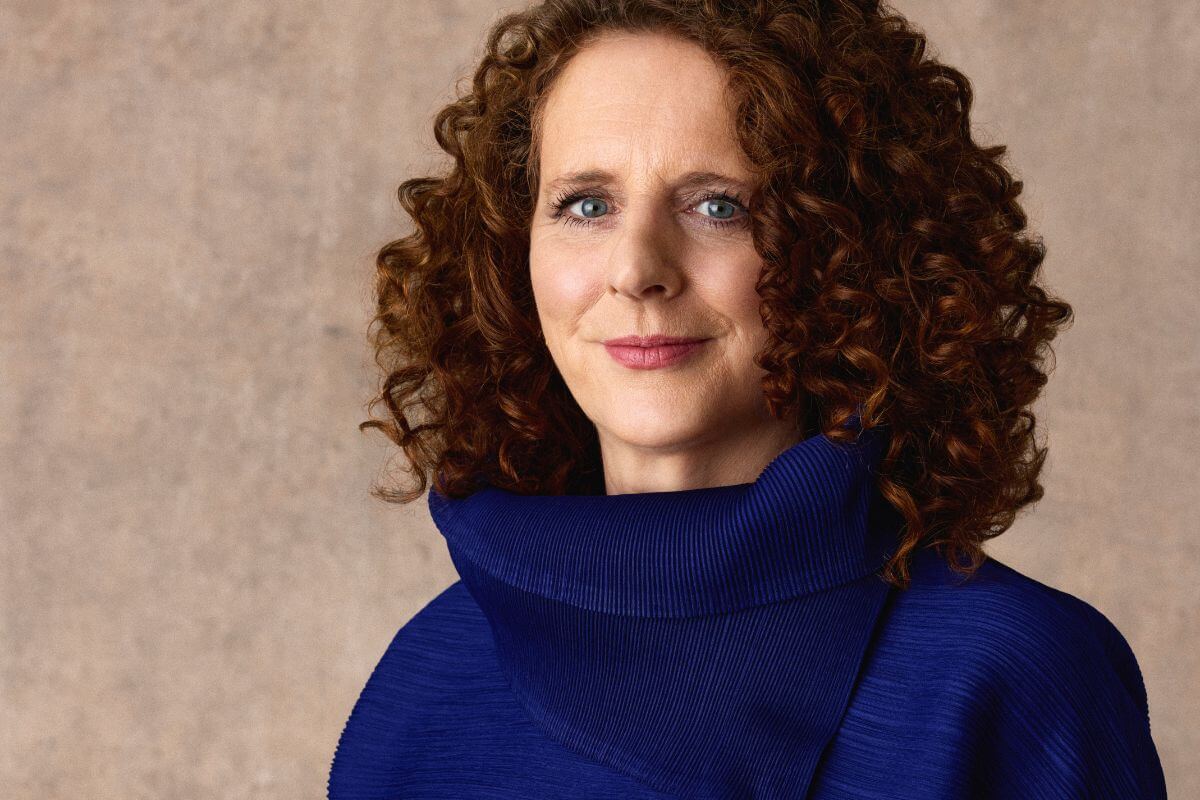


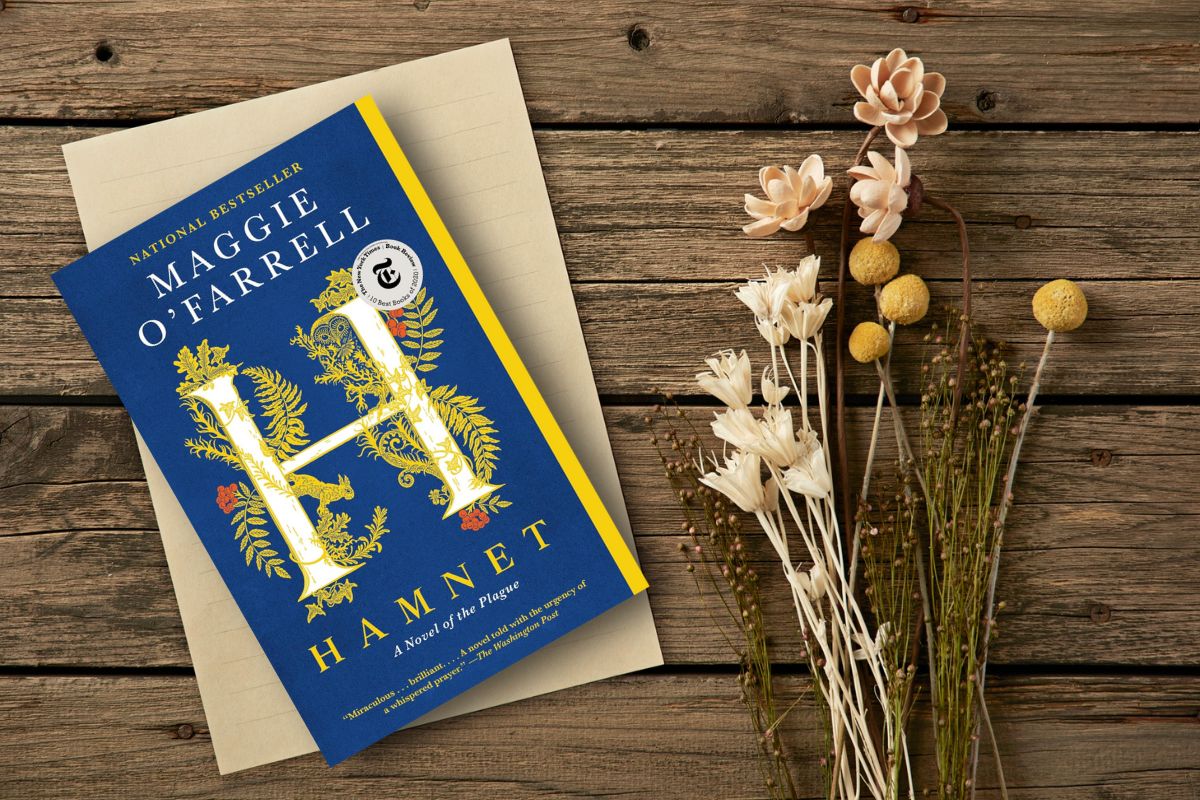

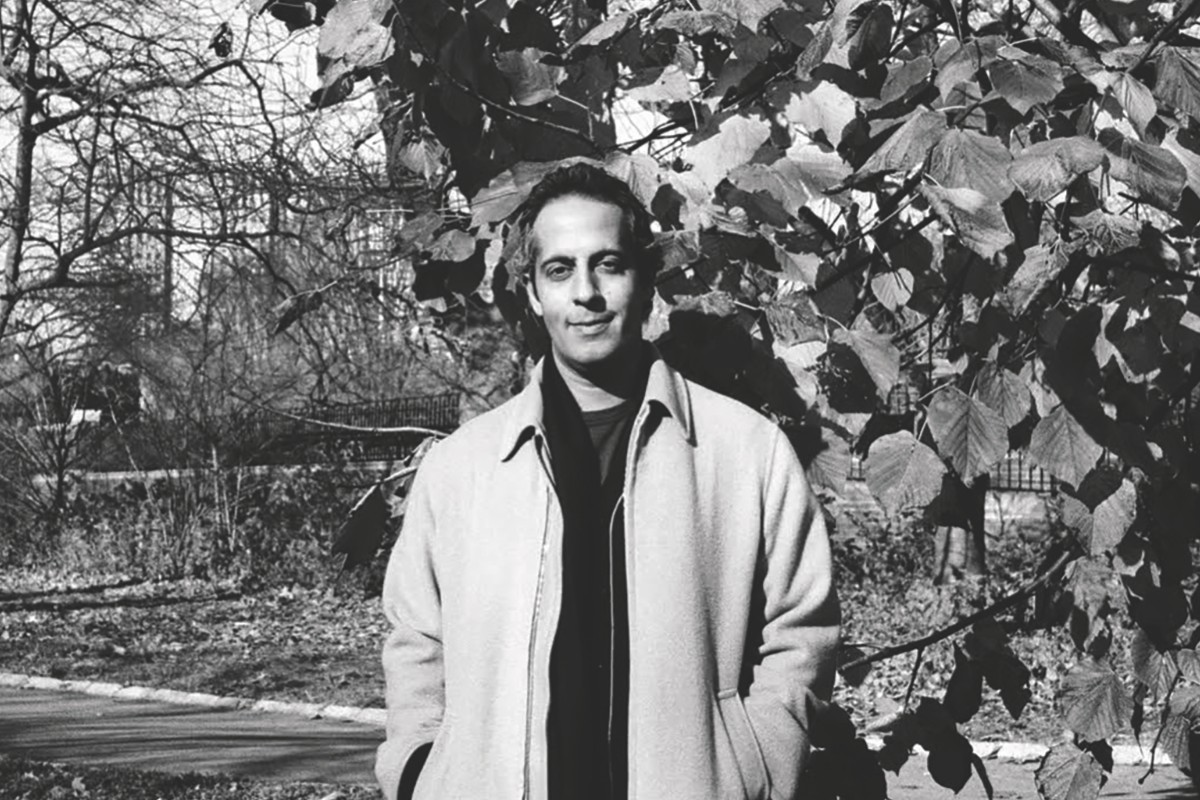
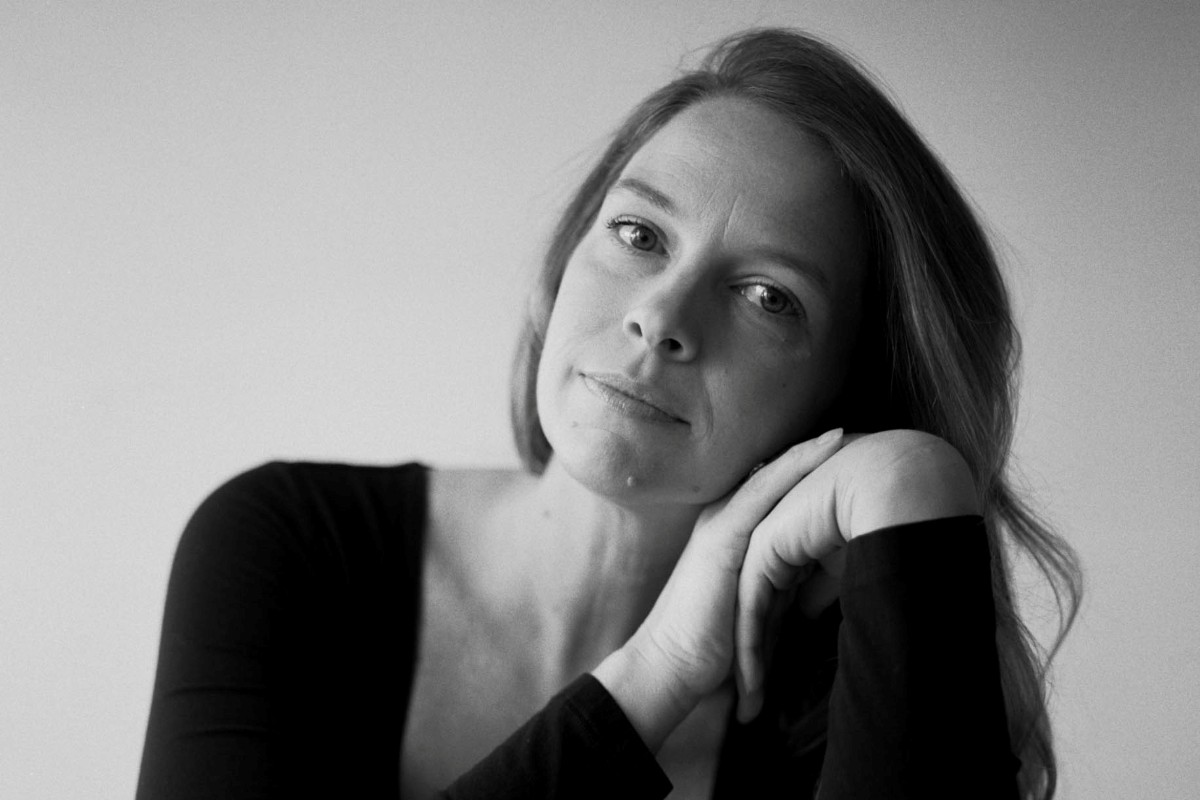

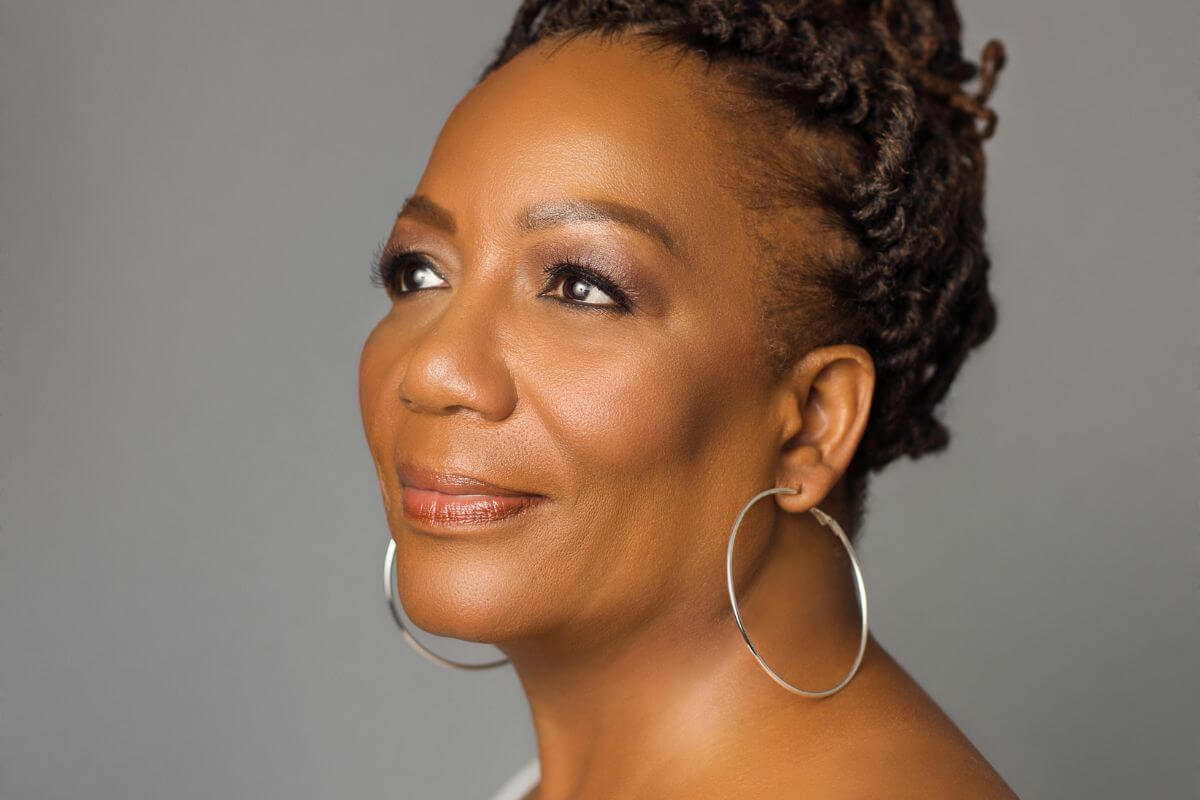
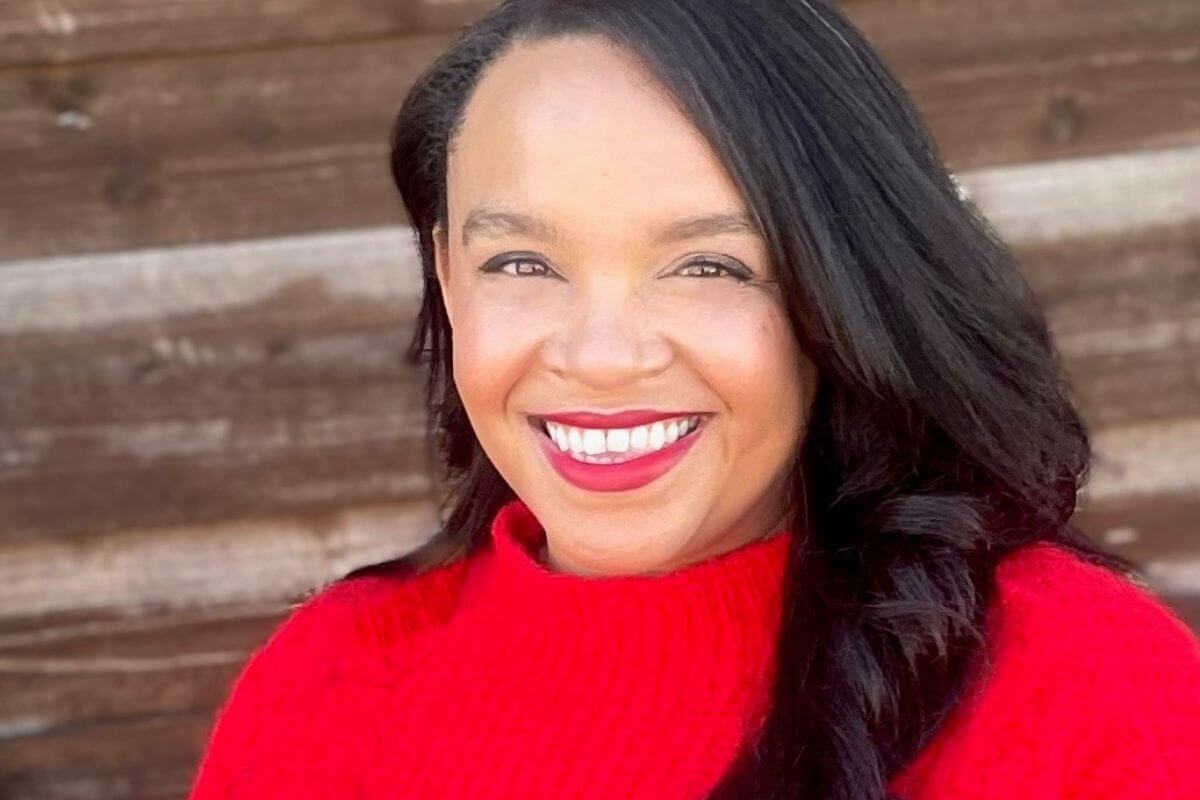

Leave A Comment